1)Anderson, William R., and Charles C. Davis. “Expansion of Diplopterys at the expense of Banisteriopsis (Malpighiaceae).” Harvard Papers in Botany 11.1 (2006).
2)Bennett, Bradley C. “Hallucinogenic plants of the Shuar and related indigenous groups in Amazonian Ecuador and Peru.” Brittonia 44.4 (1992).
3)Bristol, Melvin L. “The psychotropic Banisteriopsis among the Sibundoy of Colombia.” Botanical Museum Leaflets, Harvard University 21.5 (1966).
4)Morton, Conrad Vernon. “Notes on yagé, a drug plant of southeastern Colombia.” Journal of the Washington Academy of Sciences 21.20 (1931).
5)Wolff, Tom John. “Research about DMT and ayahuasca.” The Touristic Use of Ayahuasca in Peru. Springer VS, Wiesbaden, 2020.
6)Labate, Beatriz Caiuby, Clancy Cavnar, eds. Ayahuasca shamanism in the Amazon and beyond. Oxford Ritual Studies, 2014.
7)Gearin, Alex K., Oscar Calavia Sáez. “Altered vision: Ayahuasca shamanism and sensory individualism.” Current Anthropology 62.2 (2021).
8)Shulgin, Alexander, Ann Shulgin. TIHKAL: the continuation. Transform press, 1997.
9)Torres, Constantino Manuel, S. M. Fitzpatrick. “The origins of the ayahuasca/yagé concept: an inquiry into the synergy between dimethyltryptamine and beta-carbolines.” Ancient psychoactive substances (2018).
10)Fotiou, Evgenia, and Alex K. Gearin. “Purging and the body in the therapeutic use of ayahuasca.” Social Science & Medicine 239 (2019).
11)Jesse Gould, Kate Pate, PH.D., Christopher A. Lowry, PH.D. “The Intersection of the Microbiome-Gut-Brain Axis, PTSD, and Ayahuasca in Veterans” MAPS Bulletin Autumn 2020: Vol. 30, No. 3
12)Breit, Sigrid, et al. “Vagus nerve as modulator of the brain–gut axis in psychiatric and inflammatory disorders.” Frontiers in psychiatry (2018).
13)Rodríguez, Luisina, et al. “New insights into the chemical composition of ayahuasca.” ACS omega 7.14 (2022).
14)Agurell, Stig, Bo Holmstedt, and Jan-Erik Lindgren. “Alkaloid content of Banisteriopsis rusbyana.” American journal of Pharmacy 140.5 (1968).
15)McKenna, Dennis Jon. Monoamine oxidase inhibitors in Amazonian hallucinogenic plants: ethnobotanical, phytochemical, and pharmacological investigations. Diss. University of British Columbia, 1984.
16)Herraiz, T., et al. “β-Carboline alkaloids in Peganum harmala and inhibition of human monoamine oxidase (MAO).” Food and Chemical Toxicology 48.3 (2010).
17)Gearin, Alex K., and Beatriz Caiuby Labate. ““La Dieta”: Ayahuasca and the Western reinvention of indigenous Amazonian food shamanism.” The Expanding World Ayahuasca Diaspora. Routledge, 2018.
18)Ray, Thomas S. “Psychedelics and the human receptorome.” PloS one 5.2 (2010).
19)Rabin, Richard A., et al. “5-HT2A receptor-stimulated phosphoinositide hydrolysis in the stimulus effects of hallucinogens.” Pharmacology Biochemistry and Behavior 72.1-2 (2002).
20)Riba, Jordi, et al. “Topographic pharmaco‐EEG mapping of the effects of the South American psychoactive beverage ayahuasca in healthy volunteers.” British journal of clinical pharmacology 53.6 (2002).
21)Smith, Thomas L. “Increased synthesis of striatal dopamine by N, N-dimethyltryptamine.” Life sciences 21.11 (1977).
22)Haubrich, Dean R., and Paulina FL Wang. “N, N-dimethyltryptamine lowers rat brain acetylcholine and dopamine.” Brain research 131.1 (1977).
23)Barker, Steven A. “N, N-Dimethyltryptamine (DMT), an endogenous hallucinogen: past, present, and future research to determine its role and function.” Frontiers in neuroscience 12 (2018).
24)Cozzi, Nicholas V., et al. “Dimethyltryptamine and other hallucinogenic tryptamines exhibit substrate behavior at the serotonin uptake transporter and the vesicle monoamine transporter.” Journal of neural transmission 116.12 (2009).
25)Fontanilla, Dominique, et al. “The hallucinogen N, N-dimethyltryptamine (DMT) is an endogenous sigma-1 receptor regulator.” Science 323.5916 (2009).
26)Ruffing, Diane M., and Edward F. Domino. “Interaction of synthetic opioid metenkephalin peptide analogs, lilly 127623 and FK 33-824 with indole hallucinogens: Antagonism of N, N-dimethyltryptamine-and LSD-induced disruption of food-rewarded bar pressing behavior in the rat.” Psychopharmacology 80.4 (1983).
27)Strassman, Rick J., and Clifford R. Qualls. “Dose-response study of N, N-dimethyltryptamine in humans: I. Neuroendocrine, autonomic, and cardiovascular effects.” Archives of general psychiatry 51.2 (1994): 85-97.Barker, Steven A. “Administration of N, N-dimethyltryptamine (DMT) in psychedelic therapeutics and research and the study of endogenous DMT.” Psychopharmacology (2022).
28)Barker, Steven A. “Administration of N, N-dimethyltryptamine (DMT) in psychedelic therapeutics and research and the study of endogenous DMT.” Psychopharmacology (2022).
29)Colaço, Camila Schoueri, et al. “Toxicity of ayahuasca after 28 days daily exposure and effects on monoamines and brain-derived neurotrophic factor (BDNF) in brain of Wistar rats.” Metabolic Brain Disease 35.5 (2020).
30)Estrella-Parra, Edgar Antonio, Julio Cesar Almanza-Pérez, and Francisco Javier Alarcón-Aguilar. “Ayahuasca: uses, phytochemical and biological activities.” Natural Products and Bioprospecting 9.4 (2019).
31)Doblin, R. “Psychedelic assisted psychotherapy for the treatment of addiction.” Curr Drug Abuse Rev 6 (2013).
32)Good, Meghan, et al. “PHARMACOKINETICS OF N, N-DIMETHYLTRYPTAMINE FUMARATE IN HUMANS.” (2022).
33)Simão, Ana Aysa da Rocha. Determination of the main compounds of Ayahuasca and the study of their cytotoxicity in dopaminergic neurons. Diss. 2019.
34)Bussmann, Rainer W., et al. “Minimum inhibitory concentrations of medicinal plants used in Northern Peru as antibacterial remedies.” Journal of ethnopharmacology 132.1 (2010).
35)Pitol, Dimitrius L., et al. “Ayahuasca alters structural parameters of the rat aorta.” Journal of Cardiovascular Pharmacology 66.1 (2015).
36)Oliveira, Carolina Dizioli Rodrigues, et al. “Maternal and developmental toxicity of ayahuasca in Wistar rats.” Birth Defects Research Part B: Developmental and Reproductive Toxicology 89.3 (2010).
37)da Motta, Luciana Gueiros, et al. “Maternal and developmental toxicity of the hallucinogenic plant-based beverage ayahuasca in rats.” Reproductive Toxicology 77 (2018).
38)Rodríguez, Luisina, et al. “New insights into the chemical composition of ayahuasca.” ACS omega 7.14 (2022).
39)Nižnanský, Ľuboš, et al. “Ayahuasca as a Decoction Applied to Human: Analytical Methods, Pharmacology and Potential Toxic Effects.” Journal of Clinical Medicine 11.4 (2022).
40)Carbonaro, Theresa M., and Michael B. Gatch. “Neuropharmacology of N, N-dimethyltryptamine.” Brain research bulletin 126 (2016).
41)Alamia, Andrea, et al. “DMT alters cortical travelling waves.” Elife 9 (2020).
42)Schartner, Michael M., and Christopher Timmermann. “Neural network models for DMT-induced visual hallucinations.” Neuroscience of Consciousness 2020.1 (2020).
43)Cumming, Paul, et al. “Molecular and functional imaging studies of psychedelic drug action in animals and humans.” Molecules 26.9 (2021).
44)Su, Tsung-Ping, Teruo Hayashi, and D. Bruce Vaupel. “When the endogenous hallucinogenic trace amine N, N-dimethyltryptamine meets the sigma-1 receptor.” Science signaling 2.61 (2009).
45)Rosenberg, D. E., et al. “The effect of N, N-dimethyltryptamine in human subjects tolerant to lysergic acid diethylamide.” Psychopharmacologia 5.3 (1964).
46)Szabo, Attila, et al. “Psychedelic N, N-dimethyltryptamine and 5-methoxy-N, N-dimethyltryptamine modulate innate and adaptive inflammatory responses through the sigma-1 receptor of human monocyte-derived dendritic cells.” PloS one 9.8 (2014).
47)Nardai, Sándor, et al. “N, N-dimethyltryptamine reduces infarct size and improves functional recovery following transient focal brain ischemia in rats.” Experimental Neurology 327 (2020).]
48)Olson, David E. “Psychoplastogens: a promising class of plasticity-promoting neurotherapeutics.” Journal of experimental neuroscience 12 (2018).
49)Ly, Calvin, et al. “Psychedelics promote structural and functional neural plasticity.” Cell reports 23.11 (2018).
50)Benko, Jakub, and Stanislava Vranková. “Natural psychoplastogens as antidepressant agents.” Molecules 25.5 (2020).
51)Cameron, Lindsay P., et al. “Effects of N, N-dimethyltryptamine on rat behaviors relevant to anxiety and depression.” ACS chemical neuroscience 9.7 (2018).
52)Siegel, Ronald K., and Murray E. Jarvik. “DMT self-administration by monkeys in isolation.” Bulletin of the Psychonomic Society 16.2 (1980).
53)D’Souza, Deepak Cyril, et al. “Exploratory study of the dose-related safety, tolerability, and efficacy of dimethyltryptamine (DMT) in healthy volunteers and major depressive disorder.” Neuropsychopharmacology (2022).
54)Cameron, Lindsay P., et al. “Chronic, intermittent microdoses of the psychedelic N, N-dimethyltryptamine (DMT) produce positive effects on mood and anxiety in rodents.” ACS chemical neuroscience 10.7 (2019).
55)Moraes, Thaís FS, et al. “A methanol extract and N, N-dimethyltryptamine from Psychotria viridis Ruiz & Pav. inhibit Zika virus infection in vitro.” Archives of Virology 166.12 (2021).
56)Pic-Taylor, Aline, et al. “Behavioural and neurotoxic effects of ayahuasca infusion (Banisteriopsis caapi and Psychotria viridis) in female Wistar rat.” Behavioural processes 118 (2015).
57)Valle, Marta, et al. “Inhibition of alpha oscillations through serotonin-2A receptor activation underlies the visual effects of ayahuasca in humans.” European Neuropsychopharmacology 26.7 (2016).
58)Santos, Alana de Fátima Andrade, et al. “Reproductive effects of the psychoactive beverage ayahuasca in male Wistar rats after chronic exposure.” Revista Brasileira de Farmacognosia 27 (2017).
59)Apud, Ismael. “Ayahuasca en el tratamiento de adicciones: Estudio de cuatro casos tratados en IDEAA, desde una perspectiva interdisciplinaria.” Interdisciplinaria 36.1 (2019).
60)Doering-Silveira, Evelyn, et al. “Report on psychoactive drug use among adolescents using ayahuasca within a religious context.” Journal of Psychoactive Drugs 37.2 (2005).
61)Oliveira-Lima, A. J., et al. “Effects of ayahuasca on the development of ethanol-induced behavioral sensitization and on a post-sensitization treatment in mice.” Physiology & behavior 142 (2015).
62)Thomas, Gerald, et al. “Ayahuasca-assisted therapy for addiction: results from a preliminary observational study in Canada.” Curr Drug Abuse Rev 6.1 (2013).
63)Fábregas, Josep Maria, et al. “Assessment of addiction severity among ritual users of ayahuasca.” Drug and alcohol dependence 111.3 (2010).
64)Giovannetti, Cecile, et al. “Pilot evaluation of a residential drug addiction treatment combining traditional Amazonian medicine, ayahuasca and psychotherapy on depression and anxiety.” Journal of Psychoactive Drugs 52.5 (2020).
65)Barbosa, Paulo Cesar Ribeiro, et al. “A six-month prospective evaluation of personality traits, psychiatric symptoms and quality of life in ayahuasca-naïve subjects.” Journal of psychoactive drugs 41.3 (2009).
66)Osório, Flávia de L., et al. “Antidepressant effects of a single dose of ayahuasca in patients with recurrent depression: a preliminary report.” Brazilian Journal of Psychiatry 37 (2015).
67)Palhano-Fontes, Fernanda, et al. “Rapid antidepressant effects of the psychedelic ayahuasca in treatment-resistant depression: a randomized placebo-controlled trial.” Psychological medicine 49.4 (2019).
68)Santos, RG dos, et al. “Effects of ayahuasca on psychometric measures of anxiety, panic-like and hopelessness in Santo Daime members.” Journal of ethnopharmacology 112.3 (2007).
69)Santos, Rafael Guimarães dos, et al. “Ayahuasca improves self-perception of speech performance in subjects with social anxiety disorder.” Journal of Clinical Psychopharmacology 41.5 (2021).
70)Graeff, Frederico G., et al. “Role of 5-HT in stress, anxiety, and depression.” Pharmacology Biochemistry and Behavior 54.1 (1996).
71)Jastrzębska-Więsek, Magdalena, et al. “Activity of serotonin 5-HT1A receptor biased agonists in rat: anxiolytic and antidepressant-like properties.” ACS chemical neuroscience 9.5 (2017).
72)Hamill, Jonathan, et al. “Ayahuasca: psychological and physiologic effects, pharmacology and potential uses in addiction and mental illness.” Current neuropharmacology 17.2 (2019).
73)da Silva, Marina Goulart, Guilherme Cabreira Daros, and Rafael Mariano de Bitencourt. “Anti-inflammatory activity of ayahuasca: Therapeutical implications in neurological and psychiatric diseases.” Behavioural Brain Research 400 (2021).
74)Jacob, Michael S., and David E. Presti. “Endogenous psychoactive tryptamines reconsidered: an anxiolytic role for dimethyltryptamine.” Medical hypotheses 64.5 (2005).
75)Morales-García, Jose A., et al. “The alkaloids of Banisteriopsis caapi, the plant source of the Amazonian hallucinogen Ayahuasca, stimulate adult neurogenesis in vitro.” Scientific reports 7.1 (2017).
76)Reus, Gislaine Z., et al. “Harmine and imipramine promote antioxidant activities in prefrontal cortex and hippocampus.” Oxidative Medicine and Cellular Longevity 3.5 (2010).
77)Li, Yun, et al. “Harmine, a natural beta-carboline alkaloid, upregulates astroglial glutamate transporter expression.” Neuropharmacology 60.7-8 (2011).
78)Husbands, Stephen M., et al. “β-carboline binding to imidazoline receptors.” Drug and alcohol dependence 64.2 (2001).
79)Dos Santos, Rafael G., et al. “Effects of ayahuasca on the endocannabinoid system of healthy volunteers and in volunteers with social anxiety disorder: Results from two pilot, proof‐of‐concept, randomized, placebo‐controlled trials.” Human Psychopharmacology: Clinical and Experimental (2022).
80)Ona, Genís, and Sebastián Troncoso. “Long-lasting analgesic effect of the psychedelic drug changa: A case report.” Journal of Psychedelic Studies 3.1 (2019).
81)Pires, Júlia Movilla, et al. “Pre-clinical interaction of ayahuasca, a brew used in spiritual movements, with morphine and propofol.” Brazilian Journal of Pharmaceutical Sciences 54 (2018).
82)Marderosian, A. H., H. V. Pinkley, and M. F. Dobbins. “Native use and occurence of N, N-dimethyltryptamine in the leaves of Banisteriopsis rusbyana.” American journal of pharmacy and the sciences supporting public health 140.5 (1968).
83)Lancelotta, Rafael. “5‐MeO‐DMT has not been found in traditional ayahuasca preparations and the combination of 5‐MeO‐DMT with MAOIs is dangerous.” Human Psychopharmacology: Clinical and Experimental 37.3 (2022).
84)Riba, Jordi, et al. “Human pharmacology of ayahuasca: subjective and cardiovascular effects, monoamine metabolite excretion, and pharmacokinetics.” Journal of Pharmacology and Experimental Therapeutics 306.1 (2003).

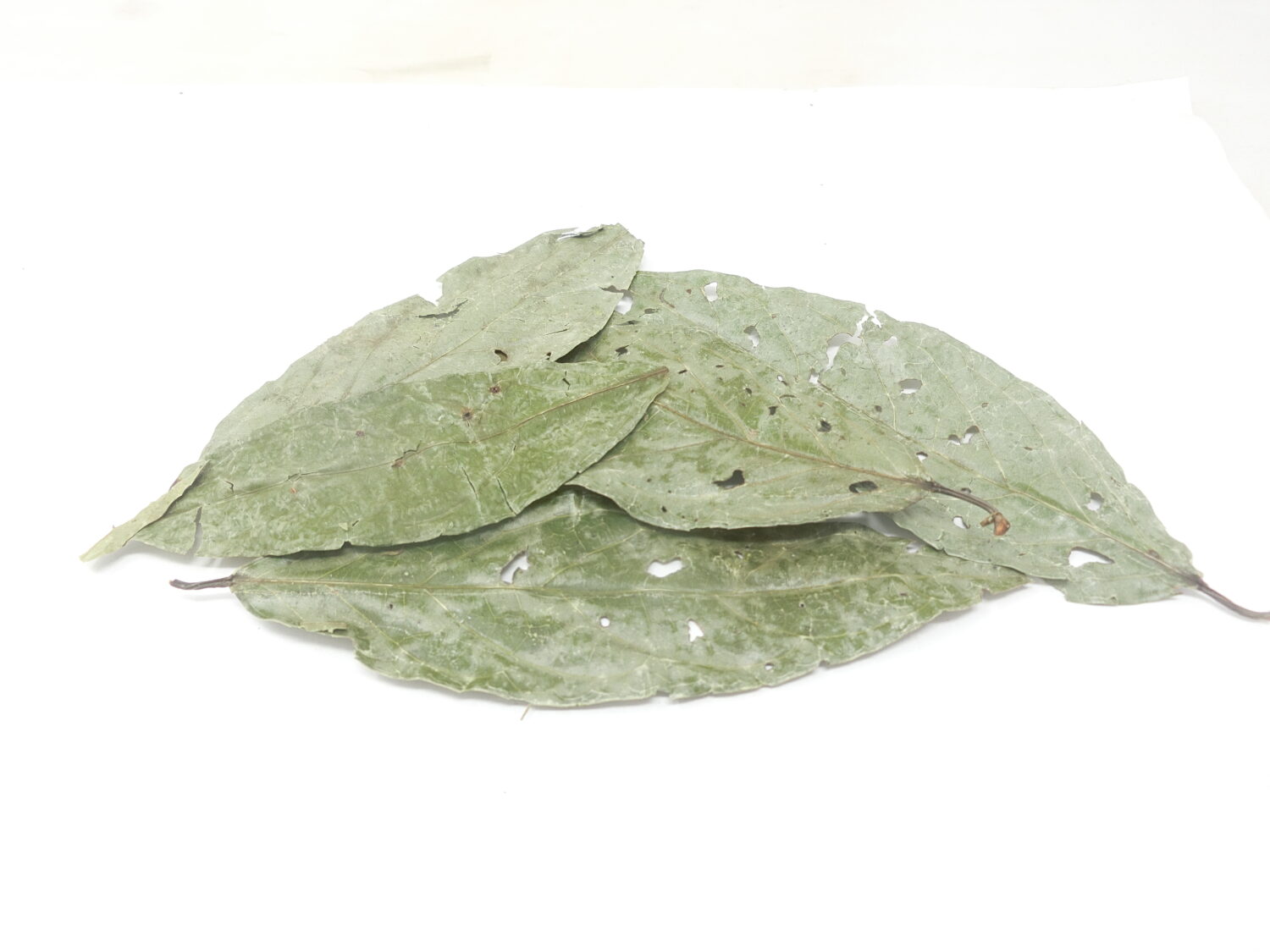
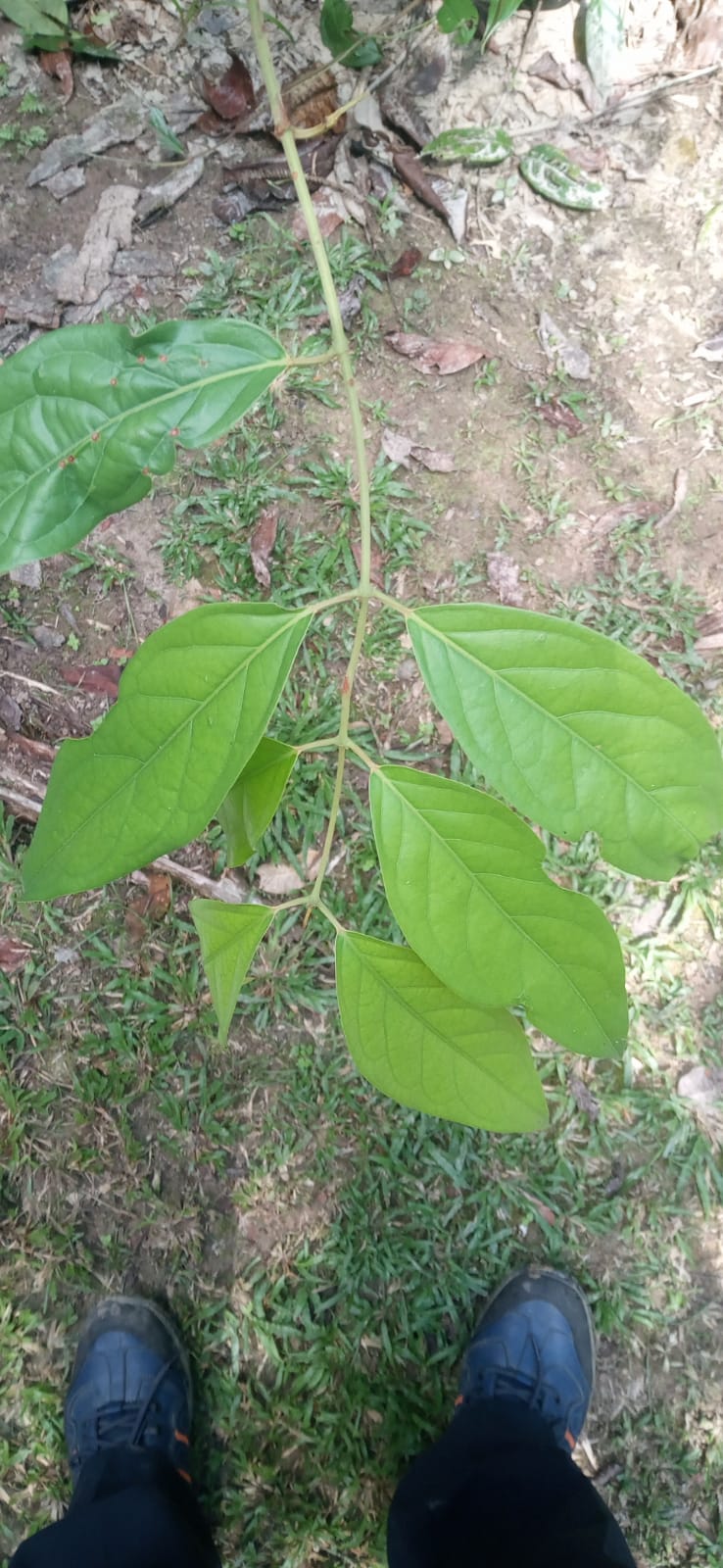
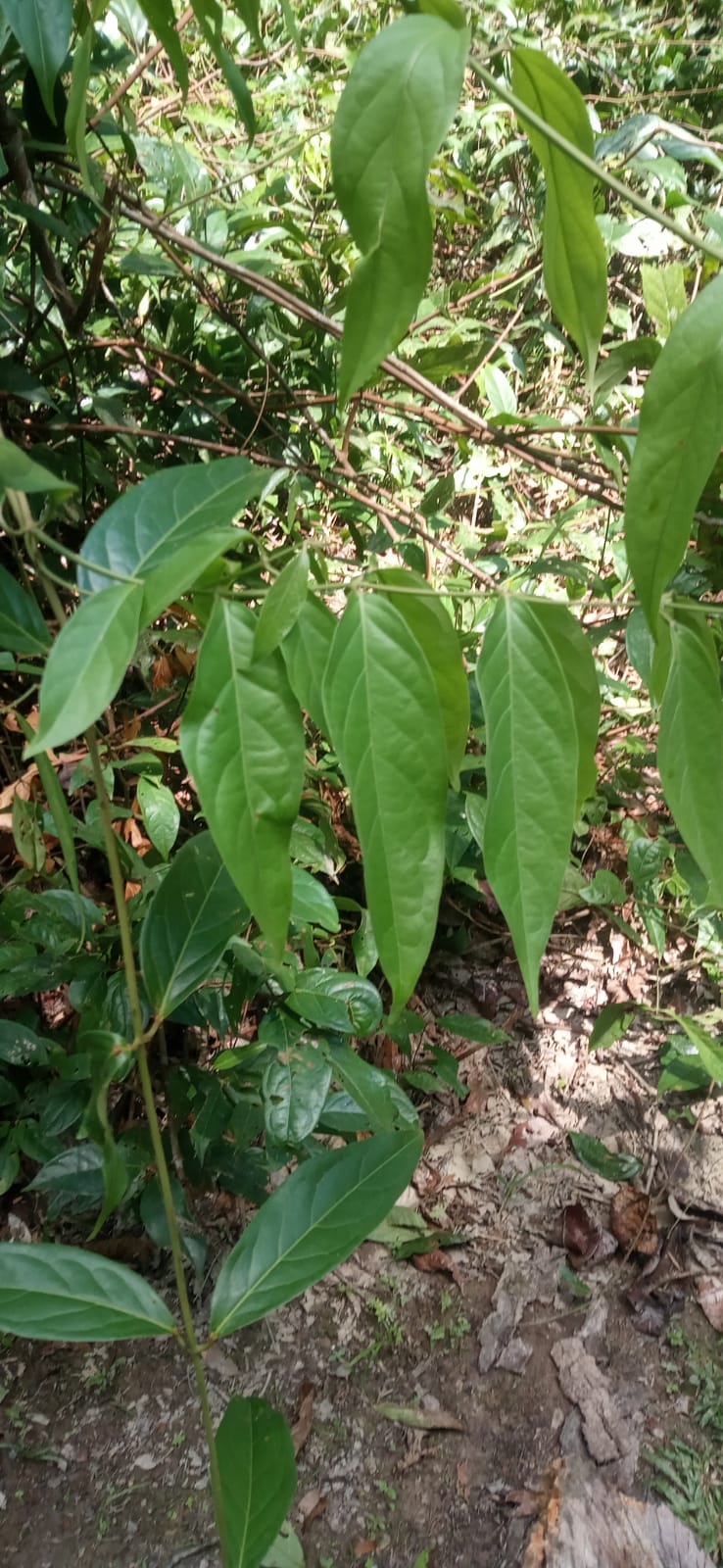
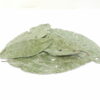
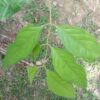
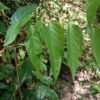
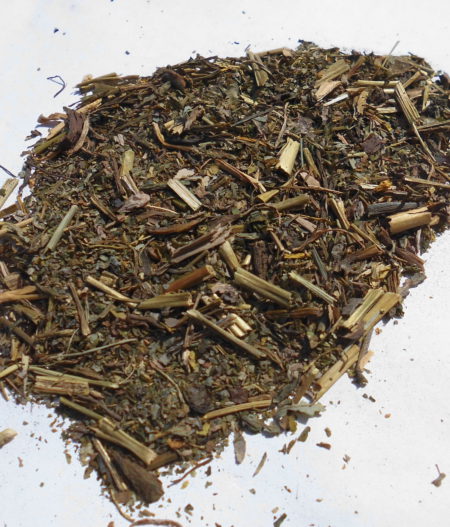
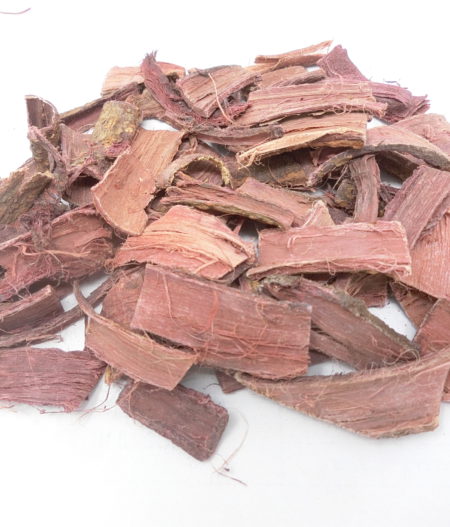
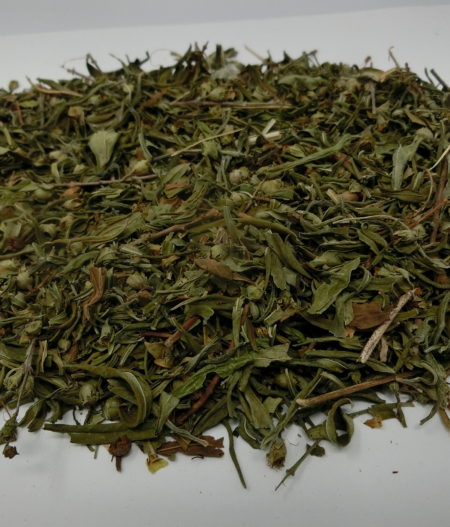
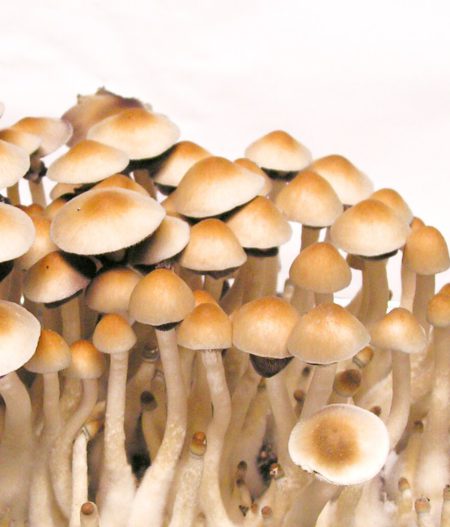
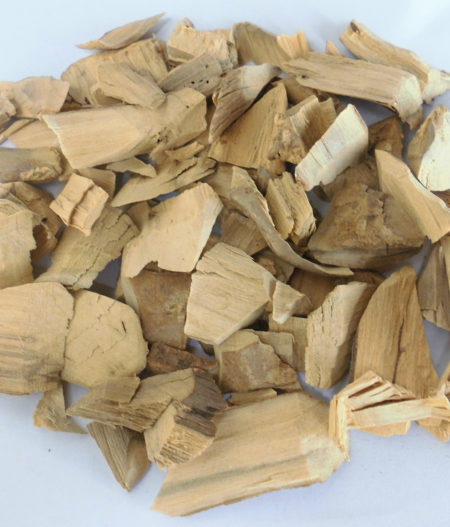
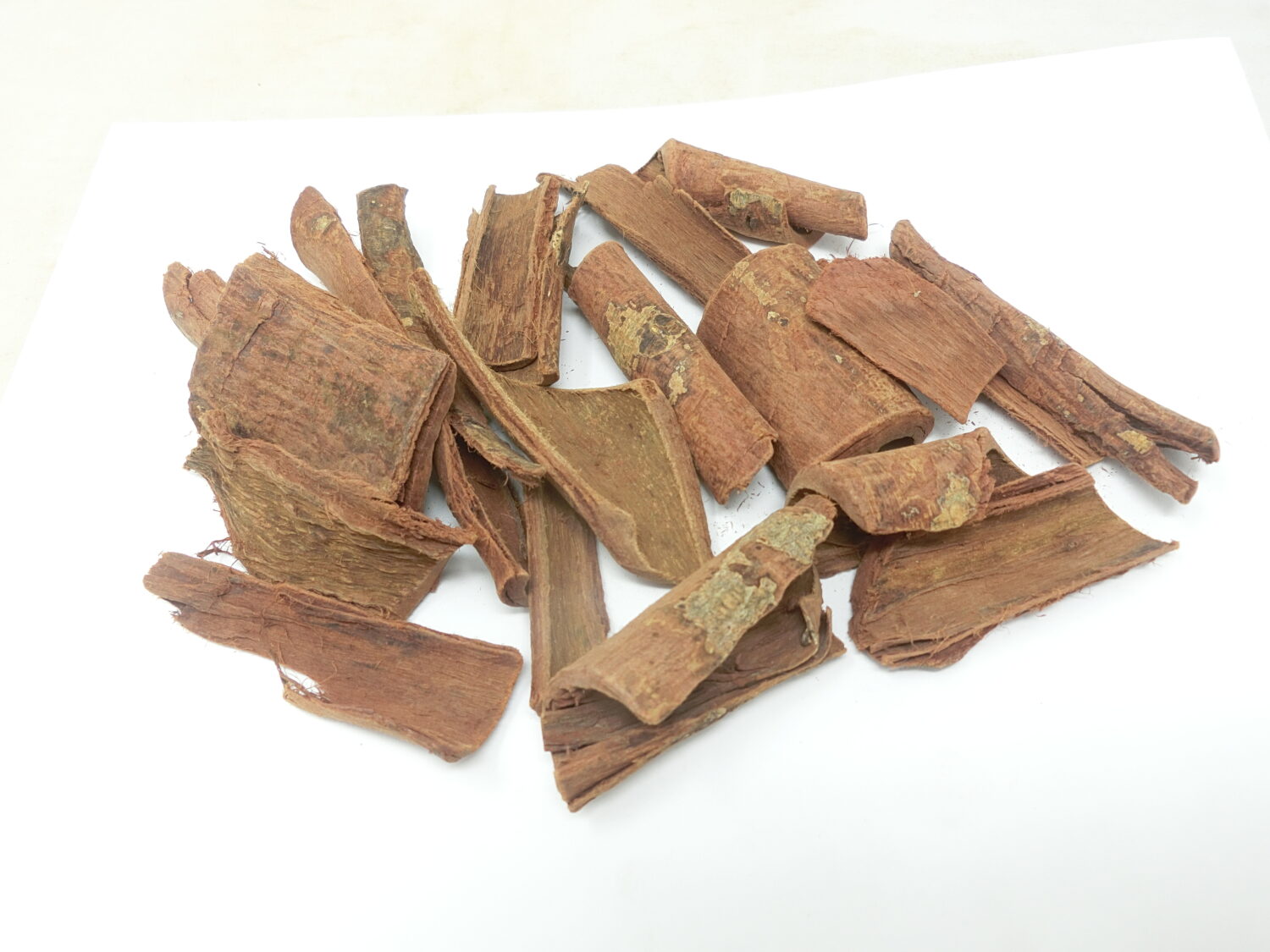
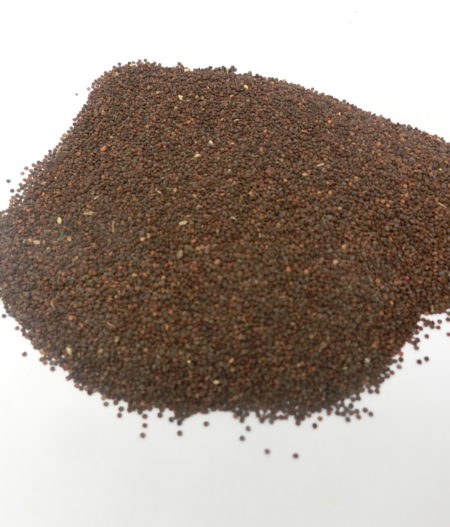
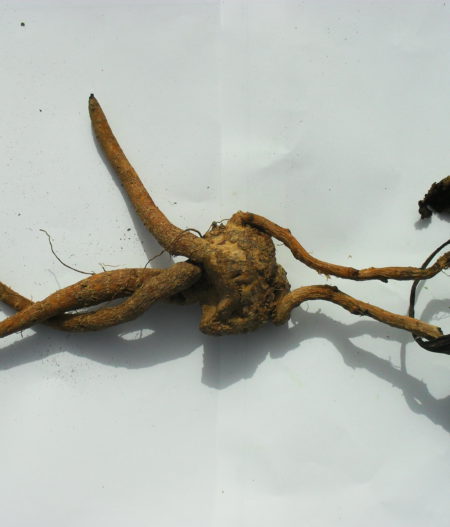
Recensioni
Ancora non ci sono recensioni.